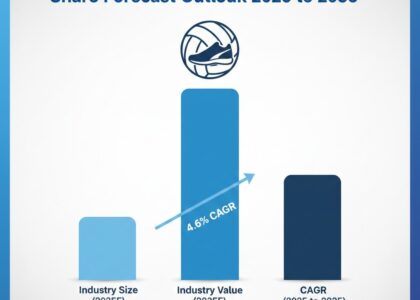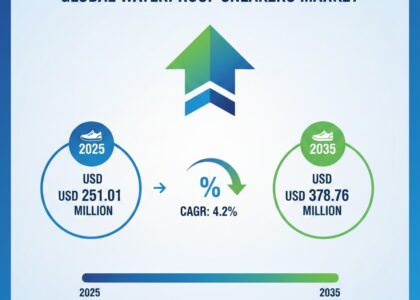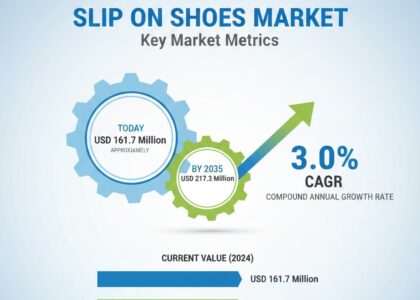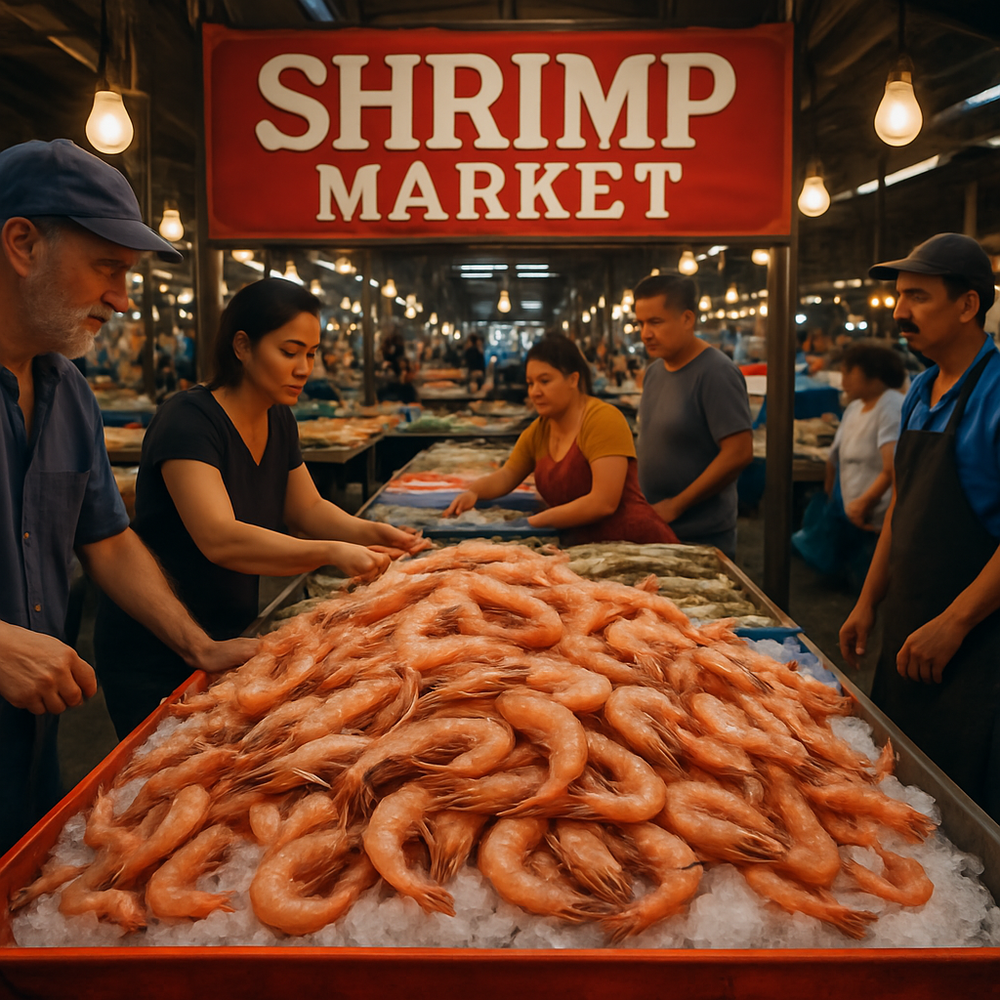
The global shrimp market is set for substantial growth, projected to nearly double in size over the next decade—rising from USD 70.09 billion in 2025 to USD 151.32 billion by 2035, at a CAGR of 8.0%. This surge is driven by increasing global seafood consumption, rapid advancements in aquaculture technology, and rising demand for frozen, processed, and ready-to-cook shrimp across both retail and foodservice sectors. The market’s momentum is further supported by growing health awareness and the preference for high-protein, low-fat food options.
Uncover Essential Data – Get A Sample Copy https://www.futuremarketinsights.com/reports/sample/rep-gb-1838
Market Trends Highlighted
- Expansion of Sustainable Aquaculture: Innovation in shrimp farming practices—such as biofloc technology, recirculating aquaculture systems (RAS), and environmentally sustainable feed—is improving yield, reducing disease outbreaks, and making shrimp production more eco-friendly.
- Rising Demand for Frozen & Value-Added Products: As global consumers embrace convenience, there’s increasing preference for ready-to-cook, pre-marinated, peeled, and deveined shrimp products. Supermarkets and online grocery platforms are expanding their seafood offerings to cater to this demand.
- Health-Driven Consumption: Shrimp is gaining traction as a lean protein rich in essential nutrients like omega-3 fatty acids, selenium, and vitamin B12. With more consumers adopting protein-rich diets, shrimp is becoming a preferred meat alternative.
- E-commerce and Direct-to-Consumer Seafood Sales: Online seafood delivery and DTC brands are transforming shrimp retail by offering traceable, frozen-at-source products with transparent sourcing and sustainability claims.
Get Report Link : https://www.futuremarketinsights.com/reports/shrimp-market
Key Takeaways of the Report
- The global shrimp market will add over USD 80 billion in value by 2035, reflecting the rising popularity of seafood among health-conscious and convenience-seeking consumers.
- Advancements in hatchery and disease-resistant shrimp strains are playing a pivotal role in improving production output and lowering farming costs in major producing countries.
- Regulatory reforms around food safety, traceability, and sustainable aquaculture practices are helping exporters tap into premium markets, especially in North America and Europe.
- Consumer demand is shifting from bulk purchases to portioned, ready-to-eat formats, pushing processors and exporters to invest in packaging innovation and cold chain infrastructure.
- Shrimp is increasingly featured on restaurant menus and in premium frozen food categories, appealing to urban middle-class consumers seeking high-quality protein.
Regional Market Outlook
United States (CAGR: 6.5%): The U.S. remains one of the largest importers of shrimp globally, with rising demand in both foodservice and retail segments. Consumer preference for wild-caught and sustainably farmed shrimp is shaping purchasing decisions.
Germany (CAGR: 5.3%): Germany leads the European shrimp market with growing demand for traceable and organic-certified shrimp products. High standards in food safety and sustainability drive import requirements and innovation in packaging.
India (CAGR: 10.2%): India stands out as the fastest-growing market, both as a top global producer and consumer. Supported by government incentives, the country is scaling its shrimp aquaculture infrastructure, export capacity, and technology adoption.
Leading Manufacturers
- Charoen Pokphand Food PCL
- The Clover Leaf Seafoods Family
- Nippon Suisan Kaisha, Ltd.
- Marine Harvest ASA
- Gulf Shrimp Company
- Thai Union Frozen Products PLC
- Baton Rouge Shrimp Company, Inc.
- Pescanova S.A.
- Labrador Fishermen’s Union Shrimp Company Ltd.
- Omarosa S.A
- MSeafood Corp
- Ristic GmbH
- Vinnbio India Pvt. Ltd
- Seajoy Group
- Dom International Limited
- Caribbean Shrimp Company Limited
- Artisanfish LLC
- Ananda Group
- Orchid Marine
- Others
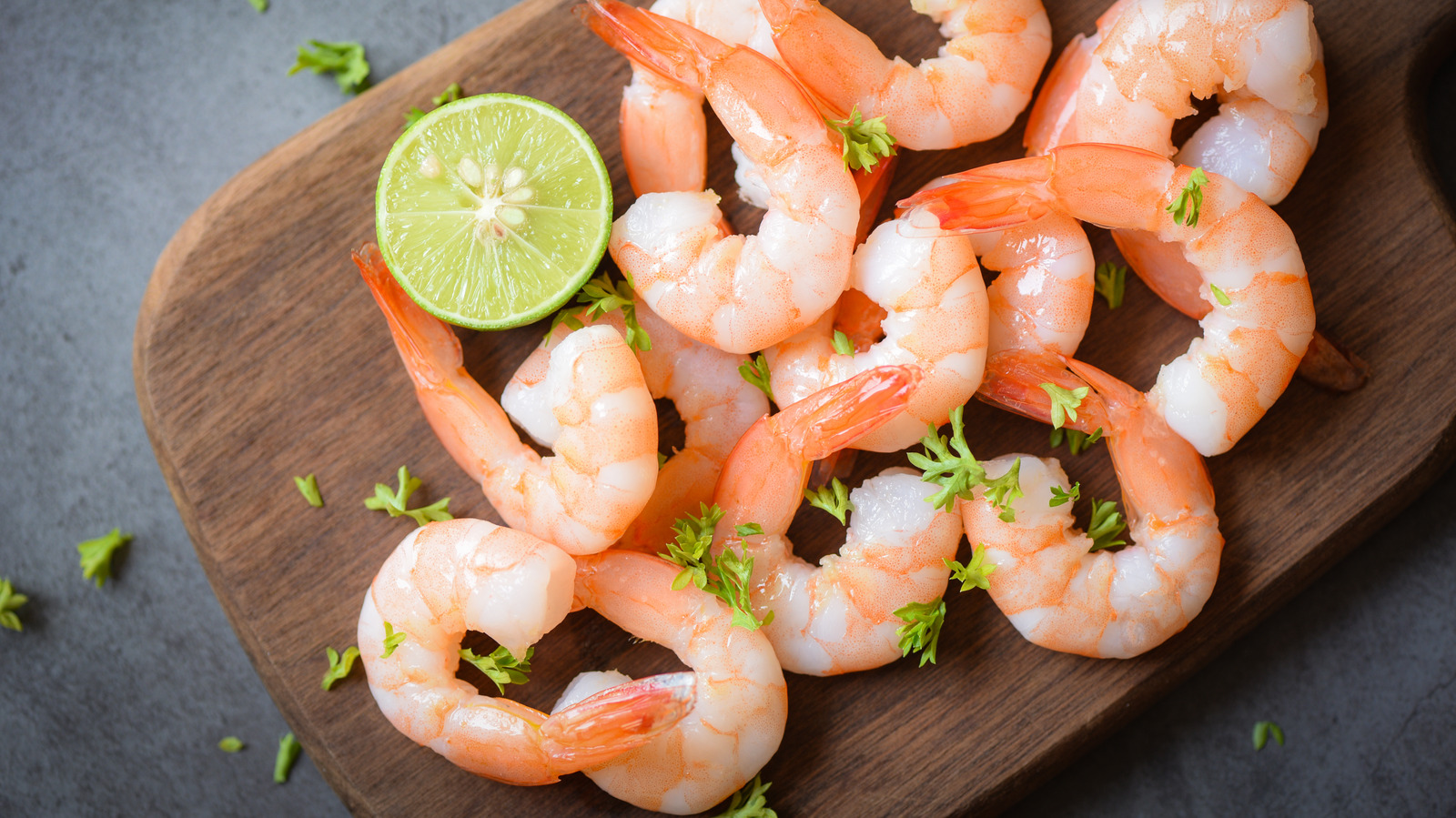
Explore Seafood Industry Analysis : https://www.futuremarketinsights.com/industry-analysis/seafood
Key Segmentation
By Species:
As per species, the industry has been categorized into Gulf Shrimps, Farmed Whiteleg Shrimps, Banded Coral Shrimps, Royal Red Shrimp, Giant Tiger Shrimps, Blue Shrimps, and Ocean Shrimps.
By Form:
As per form, the industry has been categorized into Canned, Breaded, Peeled, Cooked & Peeled, Shell-On, and Frozen.
By Source:
This segment is further categorized into Organic, and Conventional.
By Processing:
This segment is further categorized into Direct, and Indirect (Modern Trade, Convenience Stores, Specialty Food Stores, Wholesale Stores, Discount Stores, Online Retail, and Other Retail Formats).
By Application:
As per application, the industry has been categorized into Food, Pharmaceutical, Cosmetics, Industrial, and Biotechnology.
By Region:
The market is analyzed across North America, Latin America, Western Europe, Eastern Europe, South Asia & Pacific, East Asia, Central Asia, Balkan and Baltic countries, Russia and Belarus, and the Middle East & Africa.


